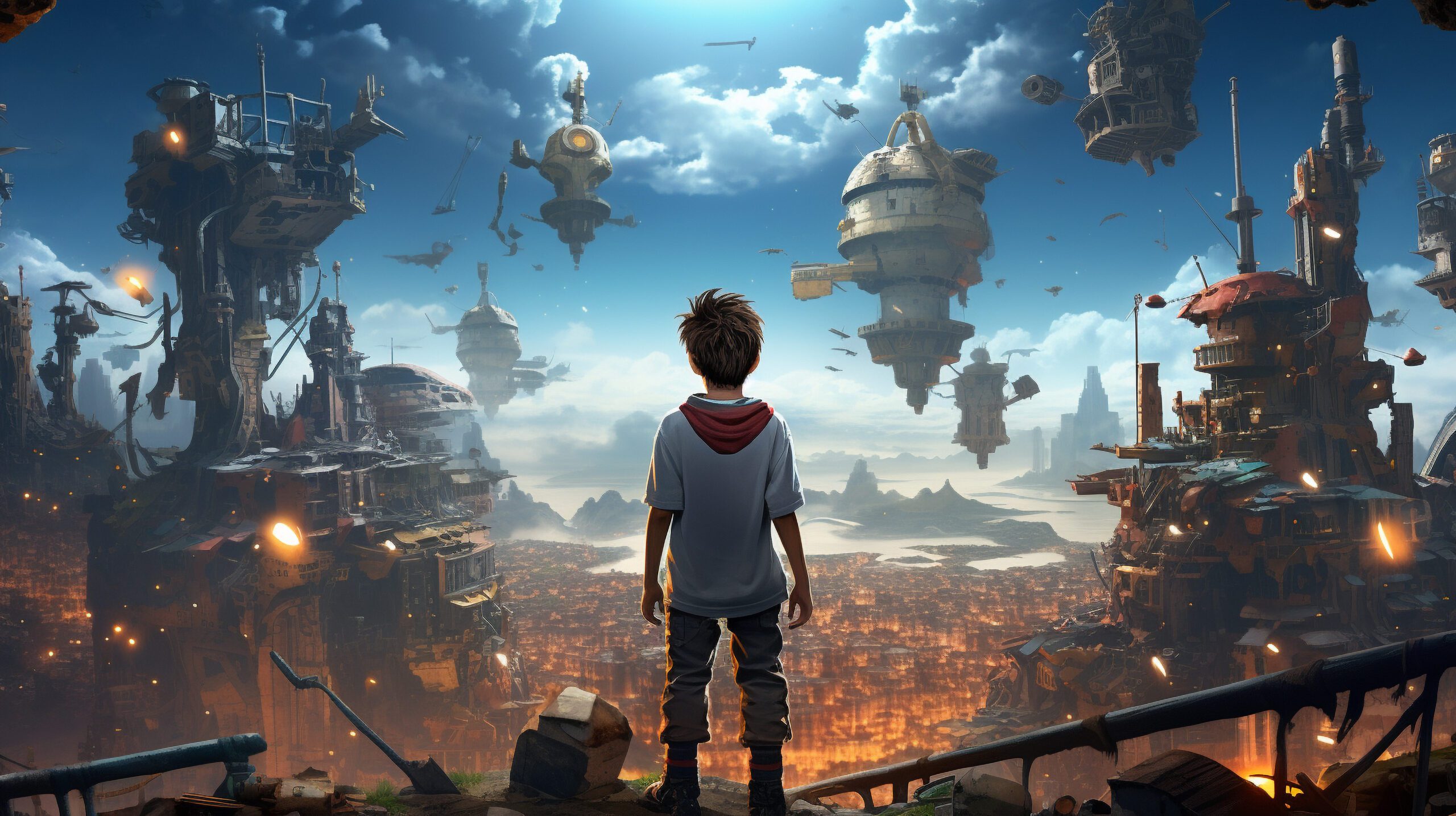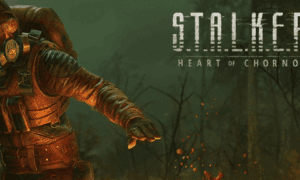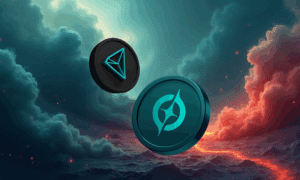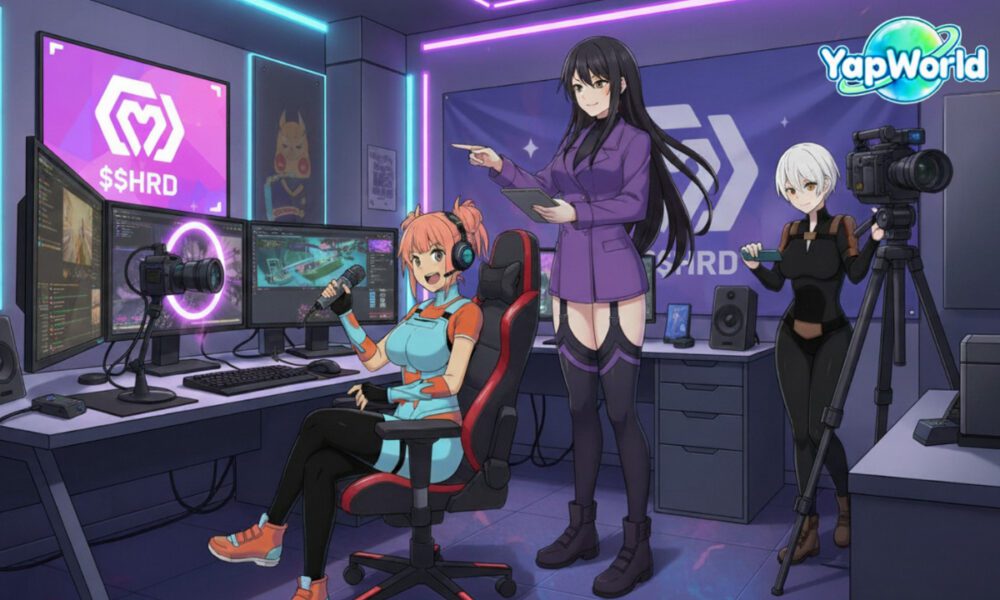A Comprehensive Guide to 2D Art Styles in Modern Game Development
The evolution of 2D graphics has shaped the identity, accessibility, and creative direction of countless video games across genres and platforms. From early pixel-based visuals to highly detailed hand-painted scenes and dynamic hybrid techniques, 2D art continues to define gaming aesthetics worldwide. In both indie and AAA production, the diversity of styles allows developers to evoke nostalgia, craft unique tone, and create memorable worlds without relying on full 3D pipelines. For a deeper visual overview, you may refer to this curated style guide: https://rocketbrush.com/blog/best-2d-video-game-art-styles-from-pixel-art-to-isometric-and-realistic-games.
Understanding the core categories of 2D Art Styles is essential for anyone involved in game development, whether selecting an art direction, planning production workflows, or evaluating outsourcing partners. This guide explains the most influential aesthetics in 2D video game development, examines their technical and artistic requirements, and outlines why 2D design remains relevant in today’s industry.
Key 2d game styles That Define Visual Identity
When discussing 2d game styles, developers and artists refer to visual approaches that shape how the game world, characters, and UI are perceived. These styles establish tone, convey narrative, and influence player immersion. While technology enables a broad spectrum of visual techniques, several key styles continue to dominate across different game genres.
- Pixel Art
Pixel art remains deeply connected to the legacy of early game consoles. Modern pixel art can be simple or highly sophisticated, featuring detailed shading, complex animations, and layered lighting. Pixel art is often chosen for:
- Nostalgic or retro-inspired settings
- Tight-budget production pipelines
- Strong character-driven storytelling
- 2D platformers and adventure titles
Pixel art benefits from scalable resolution, consistent visual identity, and relative ease of iteration. However, high-quality frame-by-frame animation can become labor-intensive.
- Hand-Drawn / Hand-Painted Art
Hand-drawn or hand-painted 2D Art Styles prioritize artistic expression. Characters and environments often resemble illustration or animation, making them especially suitable for narrative-focused games.
Core advantages include:
- Distinctive, memorable visuals
- Flexibility in emotional tone
- High aesthetic uniqueness
However, hand-painted styles require experienced artists and careful pipeline planning to maintain consistency across large content volumes.
- Vector-Based Art
Vector art uses mathematically defined lines and curves, allowing visuals to scale smoothly without pixelation. This makes vector styles ideal for mobile and web-based gaming, where display resolutions vary.
Benefits:
- Efficient asset scaling
- Clean, modern look
- Lightweight files ideal for fast performance
- Cutout or Puppet Animation
Games using cutout animation break characters into segmented parts that can be rotated or transformed. This reduces frame-by-frame drawing work and supports smooth motion.
Cutout animation is frequently used in:
- Strategy games
- Side-scrolling adventures
- Story-driven visual experiences
Understanding game art 2d and Its Technical Foundations
The term game art 2d refers to the visual resources used to design and animate game environments, characters, effects, and interfaces. Unlike 3D pipelines, which require complex modeling and rendering, 2D art involves flat imagery arranged and animated in 2D space.
Common components of a game art 2d pipeline include:
- Concept sketches establishing tone and shapes
- Environment tile sets for platformers or top-down worlds
- Character sprites or layered rigs for movement and interaction
- UI elements such as menus, icons, and dialogue frames
- Effects such as explosions, light glows, and weather patterns
Key software tools often used:
- Adobe Photoshop and Illustrator
- Clip Studio Paint
- Procreate
- Spine for cutout animation
- Aseprite for pixel animation
- Unity or Godot for scene assembly
The strength of 2D workflows lies in their ability to rapidly prototype visual ideas and create expressive character-driven experiences without heavy rendering pipelines.
Examining Influential 2d video game art styles
When discussing 2d video game art styles, it helps to look at influential genres and how their aesthetics communicate gameplay.
Isometric Illustration
Isometric visuals present objects at equal angles, creating a pseudo-3D top-down perspective. Common in RPGs and city-builders, isometric styles balance clarity and depth without full 3D modeling. They also support strategic readability, helping players interpret environmental layouts.
Minimalist Abstract Design
Minimalist games reduce visual complexity to core geometric shapes and symbolic cues. This approach emphasizes gameplay mechanics and atmosphere rather than detailed representation. Many puzzle titles use minimalist art to avoid overwhelming players.
Anime-Inspired 2D Styles
Anime-influenced visuals combine expressive character posing with clean color gradients and dramatic visual composition. This style is popular in visual novels, RPGs, and action-adventure games. Consistency between character art, backgrounds, and UI is critical to maintaining aesthetic cohesion.
Semi-Realistic Painted Worlds
Some 2D games mimic realistic lighting and naturalistic textures, blending painterly backgrounds with detailed character sprites or rigs. These styles require advanced shading, atmospheric perspective, and compositional planning.
Why Developers Continue to Choose 2D
While 3D engines are highly advanced, 2D remains a cornerstone of the industry for several reasons:
- Cost Efficiency
2D development generally requires fewer complex tools than 3D modeling and rigging workflows.
- Production Flexibility
Iteration is faster, enabling agile development and rapid content updates.
- Lower Technical Requirements
2D assets run efficiently across devices, making games more accessible to a global audience.
- Emotional and Narrative Clarity
2D styles often emphasize mood, composition, and character expression more directly than 3D.
- Strong Indie Scene Support
Independent developers frequently adopt 2D pipelines due to manageable resource requirements.
Choosing the Right Style for Your Project
Selecting among various 2D Art Styles requires evaluating:
- Narrative tone
- Audience expectations
- Team expertise
- Budget and scheduling
- Engine performance targets
A comedic mobile puzzle game, for example, may be best served by vector-based bright visuals, while a dramatic narrative exploration game may benefit from painterly illustration with nuanced emotional detail.
Key questions to guide style decisions:
- Does the style reinforce the mood and theme?
- Can the selected team maintain visual consistency?
- Will the chosen style be feasible at full game scale?
The right style is both visually compelling and practical from a production standpoint.
Conclusion
The world of 2D Art Styles continues to grow, diversify, and influence modern games across platforms. Whether using pixel art, hand-painted illustrations, vector shapes, or hybrid techniques, developers rely on 2D styles to create emotionally resonant and visually memorable experiences. By understanding core 2d game styles, establishing an efficient game art 2d pipeline, and exploring distinct 2d video game art styles, studios can select an aesthetic direction that aligns with player expectations, narrative intent, and production capacity.
2D art remains not only relevant but essential — a foundation of creativity, storytelling, and identity across global game development.



































